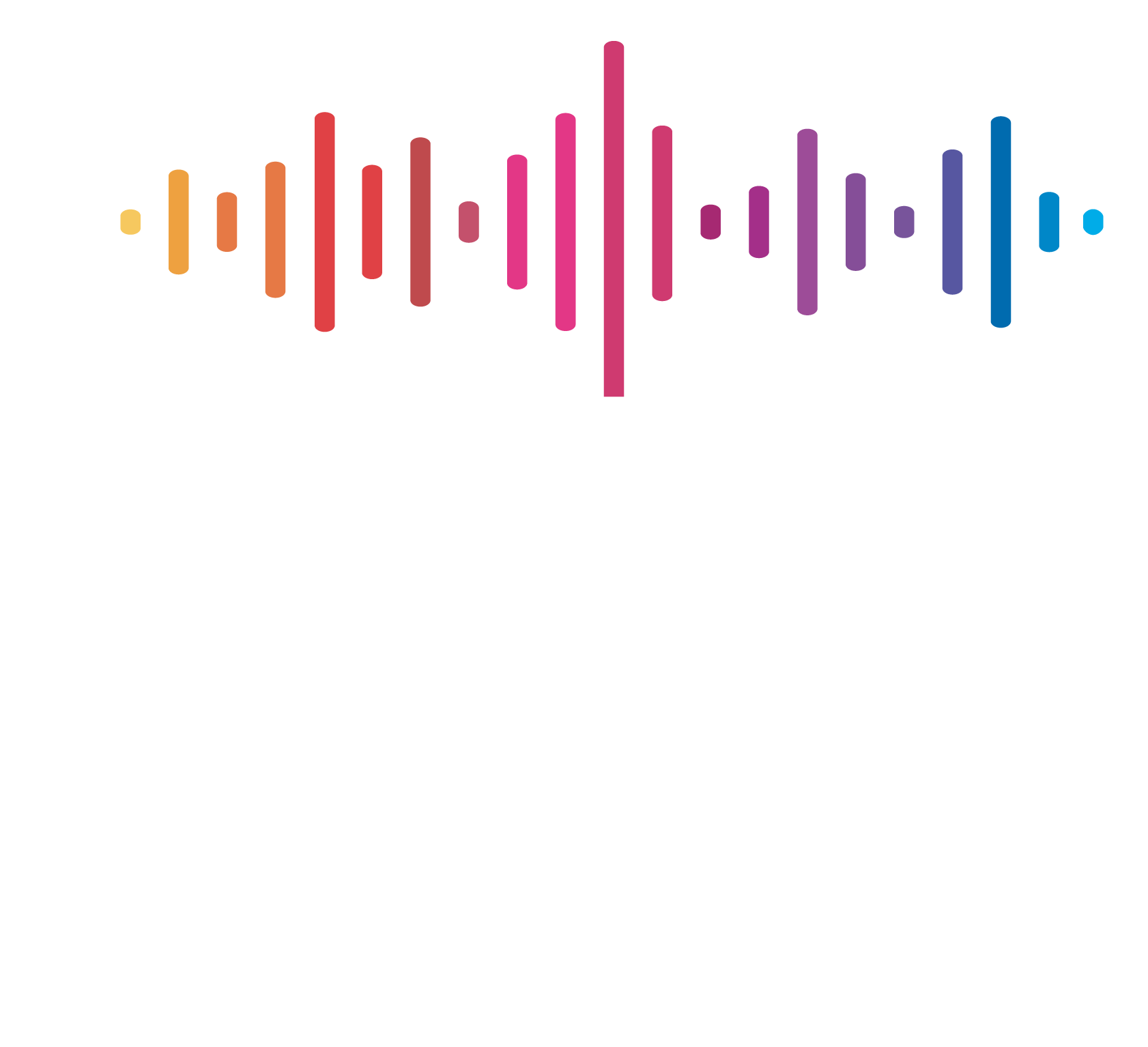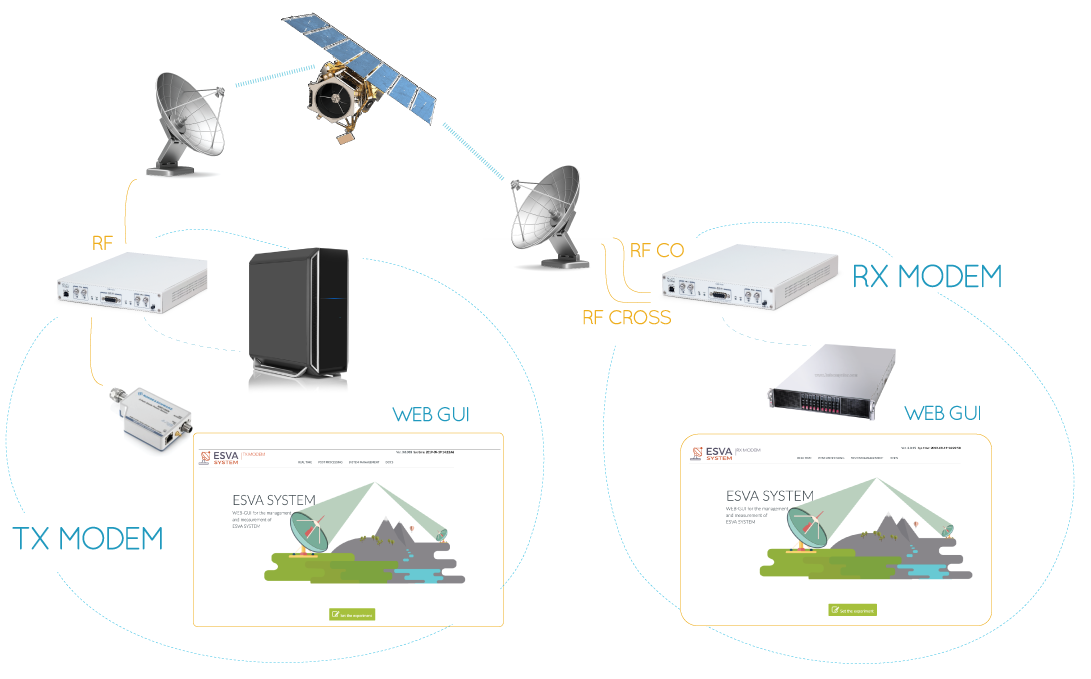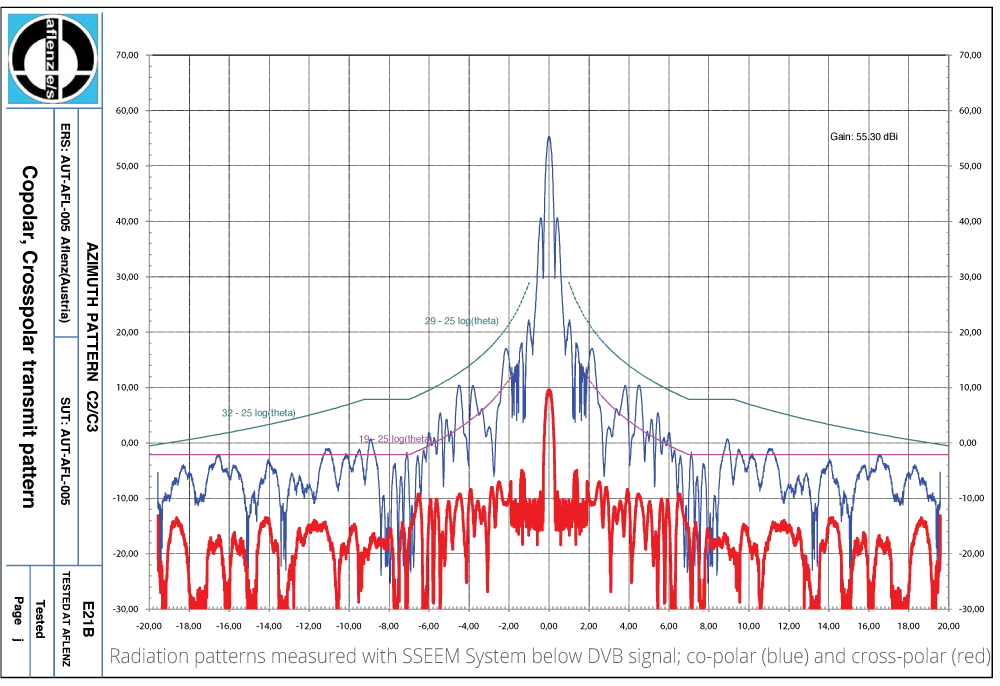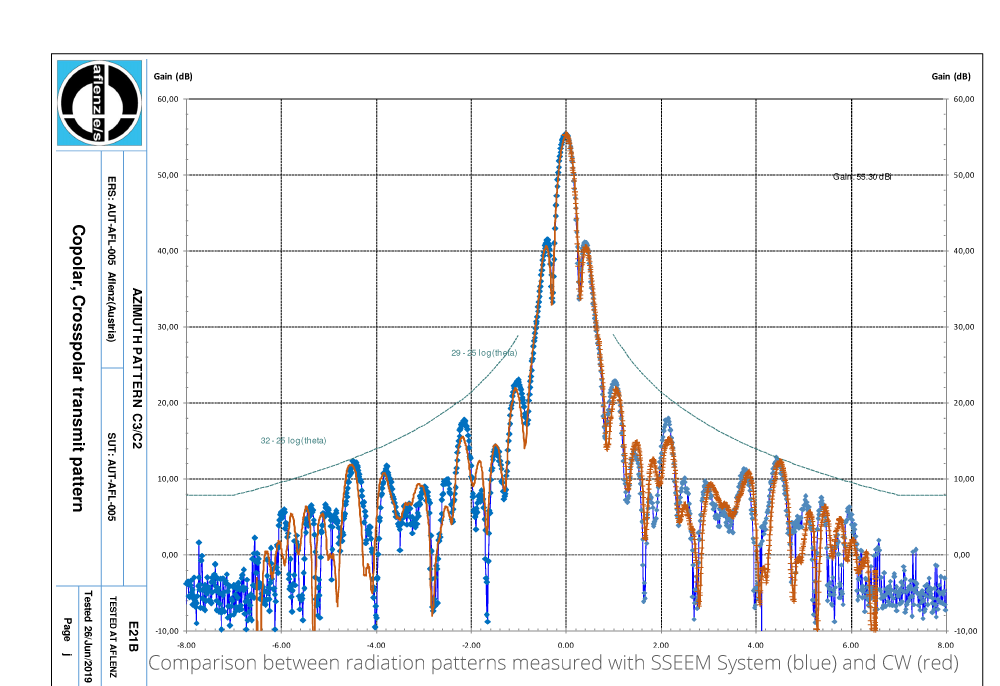
Spread Spectrum
Esva Measurement
The SSEEM (Spread SpEctrum Esva Measurement) System allows Satellite Operators to measure the co- and crosspolar radiation pattern of the transmit/receive antennas of ground stations during Earth Station Verification and Assistance (ESVA) tests. It is a compact and innovative product based on a spread spectrum approach.
H3SB Protocol Specifications
In addition to 72 MHz one, the following bandwidths are available (MHz): 36, 18, 9, 4.5, 2.25, 1.125, 0.563, 0.281 and 0.141MHz. Assuming 72 MHz bandwidth, the main features of the H3SB protocol are as follows:
• C/N min= -56,5 dB meaning an overall processing gain of 62,6 dB
• C/N min= -56,5 dB meaning an overall processing gain of 62,6 dB• Overall Spreading Factor=524.288
• SRRC shaping with roll-off = 0,125
• SEEM measurement rate: adjustable from 5,425 to 54,25 measure/s
Form Factor
SSEEM is based on an SDR-GPU architecture composed of commercial hardware. The main components are the TX Modem (one tower PC and an SDR device) to which a power meter is connected and the RX Modem (a rack-mountable server and an SDR device).

Real Use Cases
Here are the results of a measurement performed using the SSEEM System deployed at the ERS station located at Aflenz (Austria). The SSEEM system was used to measure the TX radiation pattern of a 6.1 m satellite antenna using co- and cross polar transponders of the Eutelsat satellite E21B, already used by a 15 MHz DVB carrier. Both the SSEEM signal and the DVB carrier were emitted and received from Aflenz with the following EIRP: the DVB carrier 64 dBW and the SSEEM signal 52,5 dBW. The SSEEM system used a bandwidth of 18 MHz and was received by the SSEEM receiver with a power level approximately 12 dB lower than that of the DVB. Finally, the Tx power of the SSEEM system was increased by 27 dB when the SUT antenna was slewed more than ± 0,5°. Despite the fact that the SSEEM signal was not visible on the spectrum of the DVB carrier, it was possible to measure the radiation pattern of the antenna in great detail, performing the antenna mapping up to ± 20°. .

Benefits
Due to the large number of satellites, it is increasingly difficult to find an interference-free orbital slot, particularly in Ku band. Consequently, the opportunity to carry out the measurement of the radiation pattern using a CW, which is the traditional method, is limited. Instead, the features of the proposed Spread Spectrum (SS) modulation ensure both up-link and down-link interference can be tolerated and provide a real benefit compared with the use of the CW signal.
Finally, it is worth nothing that the SSEEM system comes with a smart web-based graphical user interface and that the TX Modem, that is typically delivered to the location of the SUT, is compact, easy to install and can be fully managed from remote. In fact, it can automatically create a VPN with the reference station via a local internet connection, such as using the tethering function of the smartphone of the SUT operator or a WIFI hotspot.

SSEEM SYSTEM
Innovative and compact system to measure co- and crosspolar radiation pattern of transmit/receive antennas of ground stations during Earth Station Verification.
For any information, write to us by filling the contact form.
Call Us
(39)050 3870888
EMAIL US
info@mbigroup.it
BROCHURE
Download
